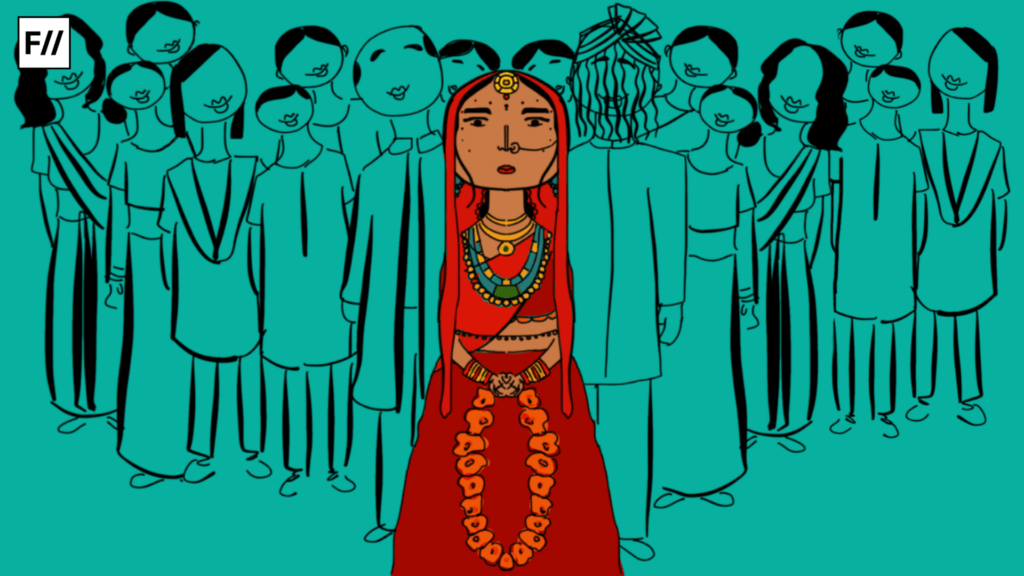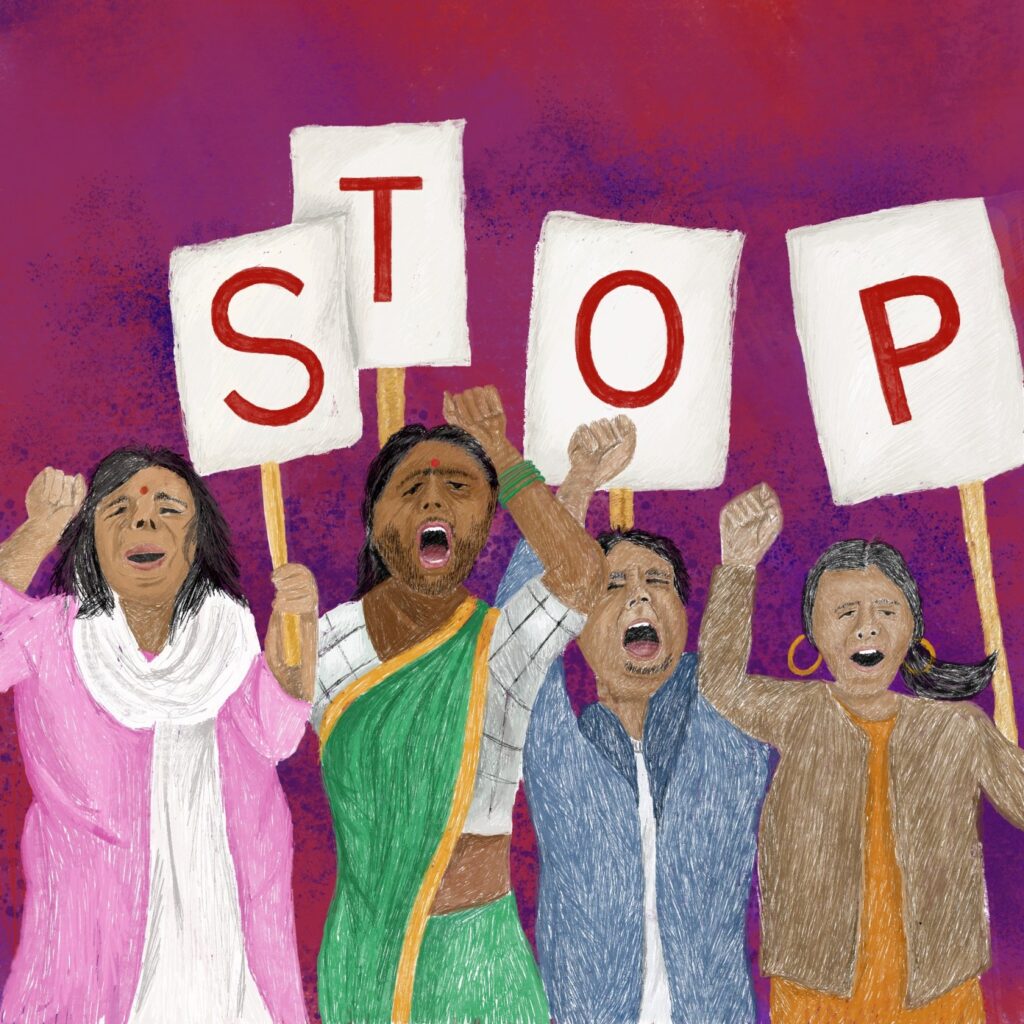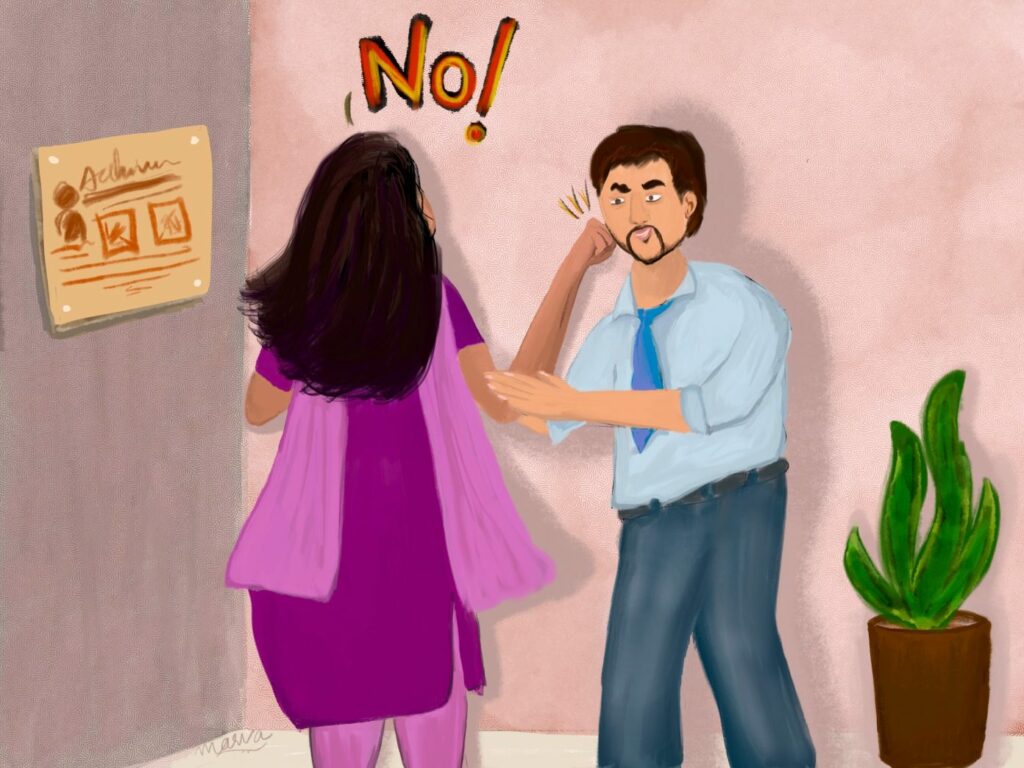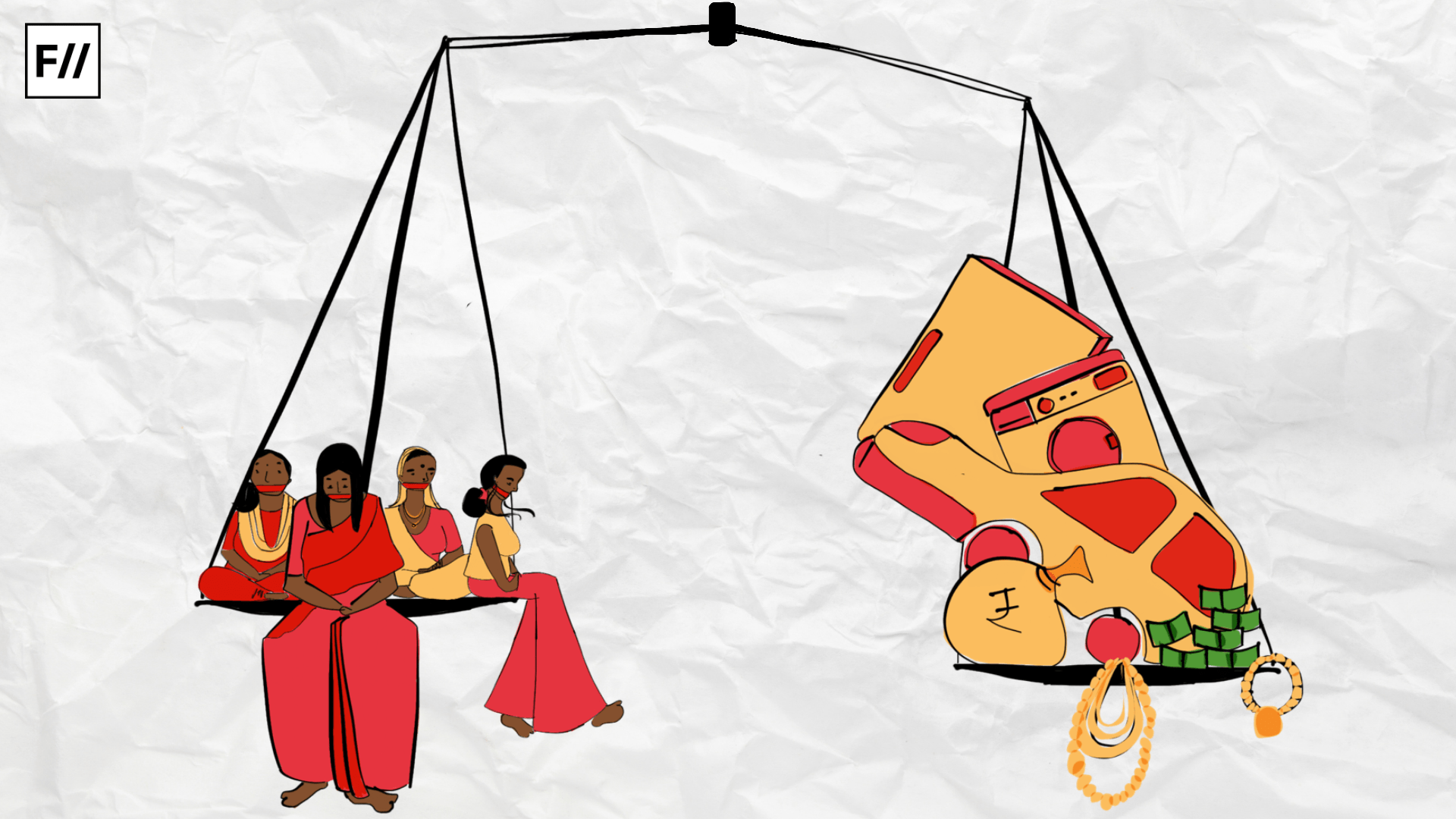Earlier this month, in Thiruvananthapuram, Kerala, a 26-year-old doctor named Shahana succumbed to the dowry cruelty after her partner allegedly declined to marry her because her family could not meet the dowry demands.
Shahana, who was a postgraduate student at Thiruvananthapuram Medical College’s Department of Surgery was found dead at her flat on December 5, along with a suicide note raising suspicion towards her fiancé and family mentioning disagreements about their marriage plans brought on by unreasonable dowry demands.
According to the reports, in a supposed suicide note found in the flat, she wrote “Everyone wants money only,” which was found as a statement alluded to the dowry that her partner’s family had wanted. The police have registered a case against the fiancé, Ruwais, a postgraduate doctor and his father under the abetment to suicide charge and dowry prevention laws. He was taken into jail and a local court sentenced him to fourteen days in judicial detention.
The number of suicides and deaths of women battling the dowry system in India is alarming. The demise of Dr Shahana after the marriage was called off for BMW car, has once again raised the spectre of violence and dowry-related persecution in Kerala, stirring discussions about the role of women in families.
What fuels dowry demands in India?
Dowry cruelty is a deeply entrenched and troubling issue that continues to impact many communities everywhere. Despite substantial attempts to eliminate this practice, dowry-related crimes, including dowry killings, continue to occur regularly. Gender inequality, economic inequities, and patriarchal norms are all reflected in these horrible cases.

As per a study stated in a report, the low participation of women in India’s workforce, despite advancements in education and earnings, contributes to the emergence and evolution of dowry, as groom quality changes, resulting in more and better jobs for men.
The intersection of patriarchy and gender discrimination in all spheres fuels this evil practice in one way. Marriage is completely commodified. Disappointing to realise there is no space for other things in many marriages that take place in India currently.
In many places, families under financial strain frequently choose to give up their daughters’ education, depriving them of a fundamental right and upholding the system that favours men. Because a girl’s dowry price decreases with age, this system also encourages child marriages by providing an incentive to marry off a young girl.
As per the reports, in 2021, there were around 6.8 thousand dowry death cases were reported in India. This was a steady decline from 2014 when the figure was at 8.5 thousand. The dowry system in India includes payments provided to the bridegroom from the bride’s family in the form of capital, durable goods, and real estate, among other things, as a condition for marriage.
Domestic violence against women, assault, and religious and cultural traditions are the most common culprits threatening women’s safety across India. In 2018, India was the world’s most unsafe country for women. The broad agreement on women’s safety revealed that the country’s population saw measures to promote women’s safety as unsuccessful.
Although public perception regarding the central government’s stance is improving, the country’s capital area remained one of the most dangerous locations for women in India, calling into doubt the efficacy of government legislation for women’s protection.
Dowry in the ‘modern’ India
Unfortunately, India reports dowry deaths practically every day. The Dowry Prohibition Act of 1961 is mocked by the data from the National Crime Records Bureau, which claims that 21 Indian lives are lost to dowry every day. However, patriarchy allows women to either choose to remain in marriages where they face harassment for the dowry or force them to do so.

The age-old system in modern times determines the worth of the marital relationship to a point in many places. The quantity of dowry, a family must provide a bride is generally correlated with the possibility of a good proposal in patriarchal countries, where marriage is an important part of a woman’s life. Women who are not exposed to differentiating their rights or who are conditioned to believe this is how they should be treated still fall into the trap of dowry even in the year 2023.
Our society has conventionally seen marriage as a social institution with a community focus. Therefore, the conventions surrounding weddings have become nearly transactional as a result, with societal mores being able to influence them.
In conventional weddings, it is always the bride’s parents who bear most of the marital costs. Whereas, a dowry, or “gifts for the newlyweds for a better future,” as some more “progressive” households like to refer to it, is an exchange of cash or valuable goods that is unreasonable to all extent.
Ironically, with our nation’s Dowry Prohibition Act, which the Indian law enacted in 1961 “to prevent the giving or receiving of property, goods, or money between parties,” to a marriage, the act of giving or receiving dowry is termed as gifts to normalise the evil practice even today resulting in many victims of the dowry system’s monetisation of marriage.
To bring about change, it is imperative to tackle the underlying source of issues like the bride’s veil. For an end to this issue of inequality, the movement must transcend socioeconomic class and prestige. Only when the issue is viewed as a social evil can practical remedies be found.
Kerala and the unending horrors
Unfortunately, Dr Shahana’s demise is not a lone incident in Kerala. The state has witnessed its large share of horrendous dowry deaths and murders questioning the prevalence of it after such shaking incidents.

A 25-year-old woman called Uthara was reportedly murdered in May 2020 by her husband Sooraj. He was suspected of providing her with sleeping medication and then leaving an Indian cobra in the room where she died after the snake bit her. As per the reports, the police stated that there appeared to be a financial dispute between the couple because Sooraj was given 98 sovereigns worth of gold jewellery as a dowry leading to the murder of his wife.
In 2021, Kerala witnessed the demise of 22-year-old medical student Vismaya who died by suicide after months of maltreatment over dowries. Her family was aware of the abuse and had taken action to try to put an end to it, according to case files, which is a startling admission of facts. Later, after the outrageous protests from people along with evidence, the husband Kiran Kumar was sentenced to 10 years in prison by the Kollam Additional Sessions Court comes as some view society’s and the legal system’s inevitable response to the societal ill of dowry.
Very recently, before the state even got settled from the repercussions of the brutal evil system, another tragic incident of suicide due to violence came to light, Kozhikode woman Shabna’s death owing to marital distress in her ten-year relationship came to light. This was another terrible suicide case caused by violence.
According to accounts, Shabna, unable to stay in her present house, rented property and asked to return the dowry of 120 sovereigns of gold; however, her request was turned down, which resulted in her demise.
In the wake of the issues, if asked, everybody is against Dowry and fighting for women’s rights every time such incidents stir up outrageous protest among people, yet with zero to little time gap, the numbers of dowry deaths marked are always spiking.
Ruwais, the so-called “well-educated,” postgraduate doctor was the same person who voiced out for safety and security and fought against violence when Dr Vandana Das succumbed to death after an attack by a culprit during her duty hours. The same person with an unmasked face who led his partner to die for unreasonable dowry demands.
Proving that the urgent call of action to prevent dowry deaths requires addressing such hypocrites along with the societal conventions that force women into abusive marriages and force them to make monetary gifts to their husbands’ homes.




